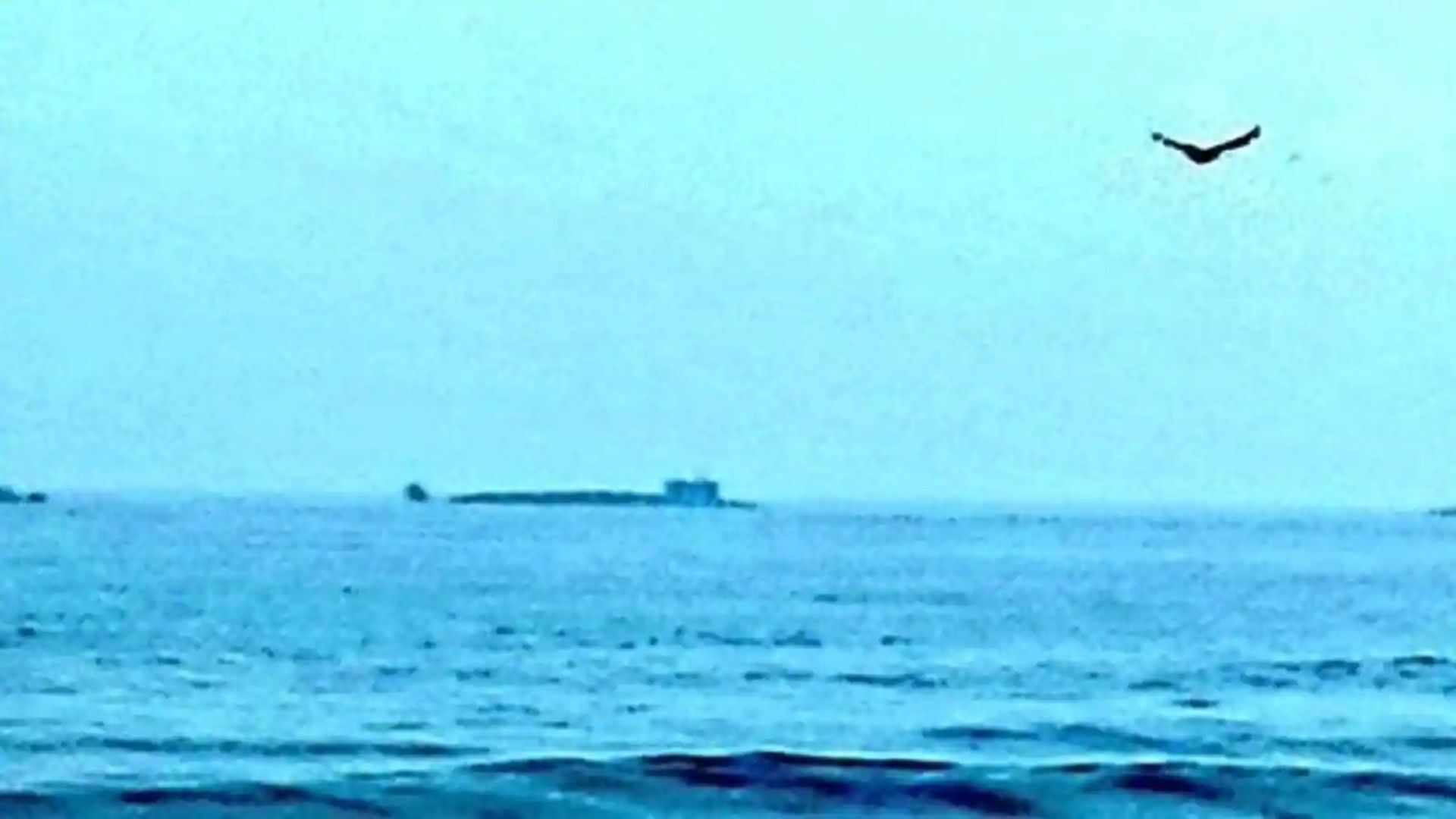
By commissioning two nuclear ballistic missile submarines during his two terms in office, Prime Minister Narendra Modi has demonstrated his commitment to the “India First” policy, aligning with India’s goal of acquiring a ‘credible, minimum,’ and indigenous nuclear deterrent with second-strike capability.
The first ballistic missile submarine, SSBN INS Arihant, was commissioned in 2018, nine years after its launch, followed by the second, INS Arighaat, which was commissioned on August 29, 2024, seven years after its launch. The third submarine, INS Aridaman, is scheduled for commissioning next year within a similar timeframe. Additionally, INS Dhruv, India’s first ballistic missile tracking ship, was commissioned on September 10, 2021, by National Security Advisor Ajit Doval.
As part of India’s nuclear triad, the two ballistic missile submarines position India as a formidable blue-water Navy with over-the-horizon missile capabilities. These submarines not only enhance India’s access denial capabilities in the Indo-Pacific but also serve as a deterrent to any threats to India’s land and coastline.
With two aircraft carriers and two SSBNs, India currently dominates the Indian Ocean region, backed by a powerful fleet of destroyers, frigates, and diesel attack submarines. This military strength sends a clear message to adversaries that any aggression will be met with significant force.
The Modi government’s preference for a sub-surface deterrent over large surface platforms is evident, as the Navy prioritizes the construction of two nuclear-powered, conventionally armed submarines and three additional Kalvari-class diesel attack submarines with advanced capabilities, rather than a third air defense ship.
While India builds its indigenous capabilities, the government remains vigilant of the Chinese PLA Navy, which currently has three scientific survey vessels conducting hydrographic surveys from south of Car Nicobar to east of Sri Lanka, likely for future submarine operations. The PLA anti-piracy task force, including a destroyer and two landing ships, recently completed an operational turnaround at Colombo deep sea port.
With China advancing satellite technologies to track submarines from space, the Modi government appears to be shifting focus from a traditional land-based military doctrine to a sea-based strategy.














